Dead birds believed to be infected with bird flu are mounting up at Brora Beach but Highland Council “currently has no plans” to have them removed.
The bodies of hundreds of birds are rotting on the shoreline and residents are worried leaving them uncollected will encourage the virus to spread.
There are also fears a dog or a child is going to catch the virus as children are running around barefoot building sandcastles next to the scavenged carcasses.
Some people are even taking their own shovels down to bury the bodies and rid the “stench of death” from the air.
One resident counted 492 dead birds on three short stretches of the two-mile long beach.
The council says the governmental advice is to “leave the birds in situ”.
But it is weighing up its resources and “may” send its waste collection workers to the worst hit areas to remove the dead birds wearing full protective gear.
WATCH: Brora residents call for the birds to be removed
Although none of the birds at Brora Beach have been tested it is highly-likely that they are infected with bird flu as the virus is sweeping across the UK.
The vast majority of birds are still lying where they died and the public have been warned not to go near them.
The present strain of the virus has also infected mammals and has also shown to be able to transmit to humans.
Defra, the UK government department responsible for environmental protection, says the responsibility for carcass disposal falls to the landowner.
In Brora, it’s not clear who owns the land, and the council says as far as it understands there is no current requirement for the local authority to remove the carcases from beaches.
A spokesperson said: “The Highland Council currently has no plans to remove dead birds from Brora beach.”
However, the council said where there is a “significant accumulation of carcases” on a popular beach it would consider clearing the birds up.
Councils in other areas including Aberdeenshire are already doing this.
Bird flu clean up ‘a losing battle’ for residents
Since June 7, Bonar Bridge resident Beverley Forbes has counted 492 dead birds on three walks across different stretches of Brora Beach.
The dying ones she did not tally-up.
The dead birds were predominantly guillemots but there were also high numbers of other birds including gannets and razorbills.
Beverley said when it first started at Brora Beach she tried to remove the fresh bodies with rubber gloves using hand sanitizer and black bags but she soon realised “there were far too many for me to pick up – it was a losing battle”.
‘Never seen anything like it’
Bob Swann, the British Trust Ornithology’s rep for the Small Isles, has never seen so many dead birds in the 40 years he has been monitoring colonies on the cliffs at Sutor Head, at the mouth of the Cromarty Firth, and on the Caithness cliffs.
Bob thinks this strain of bird flu will “be like Covid, endemic to the birds and we might see the exact same thing happening next year”.
He is calling on organisations like Nature Scot to develop some policy on how they are going to deal with the situation.
He said: “You just wonder how long it is going to be before these colonies recover from bird flu, particularly if we get several years of this happening – and as far as I can see there is not really a policy of dealing with it.”
What should I do if I see any dead or dying birds?
Transmission to humans is rare but the advice is stay away from the birds and keep your pets away from them as they may be infected with bird flu.
Phone the Department for Environment, Food and Rural Affairs (DEFRA) on 03459 33 55 77.
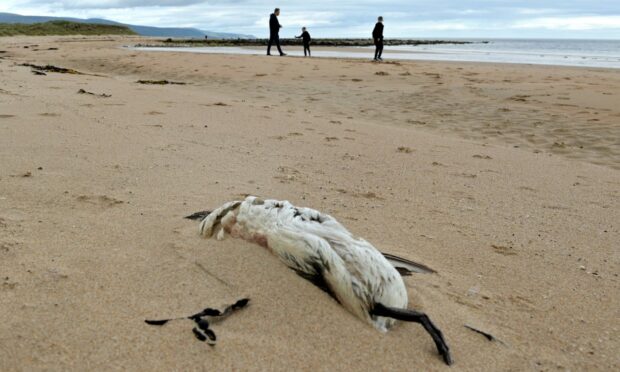
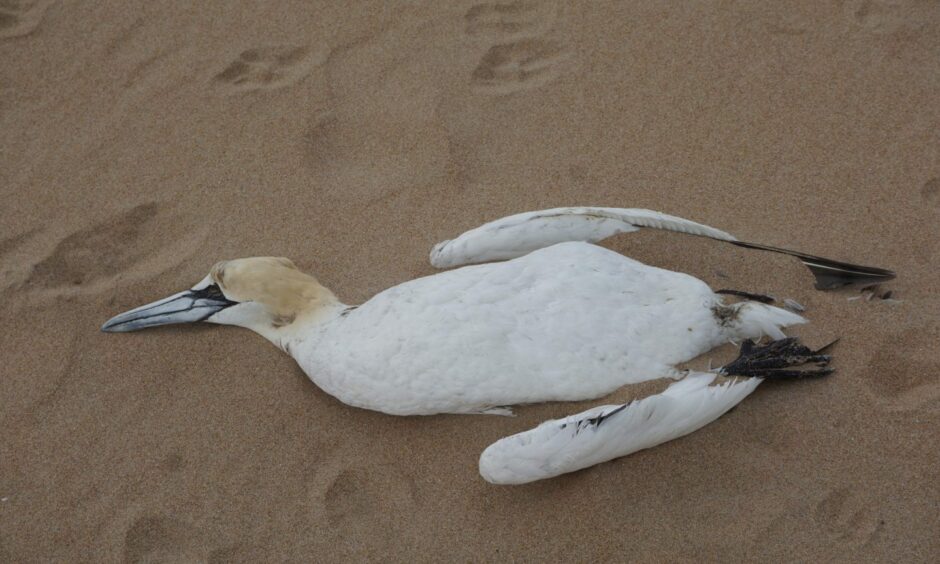
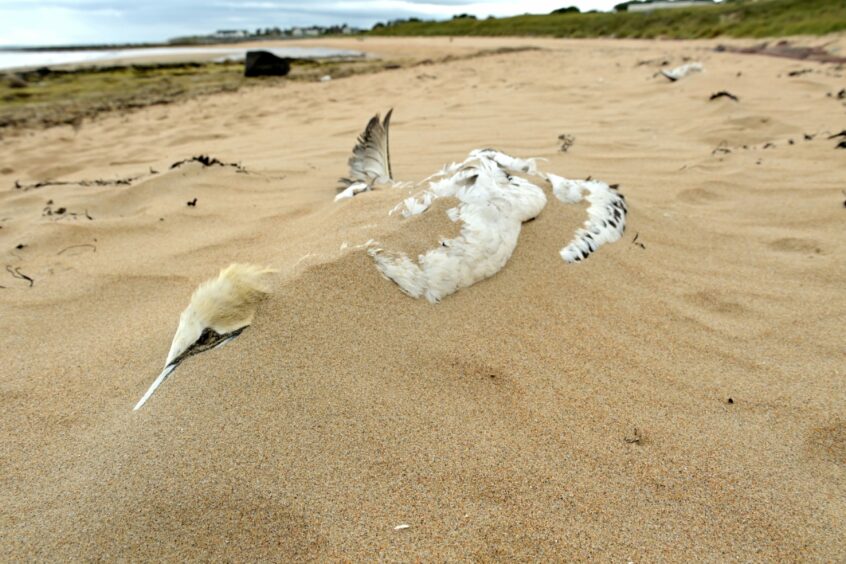
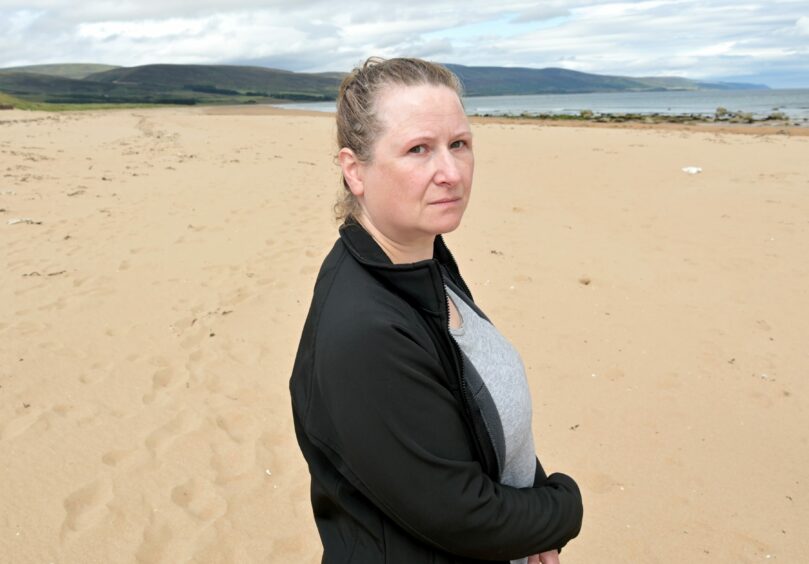
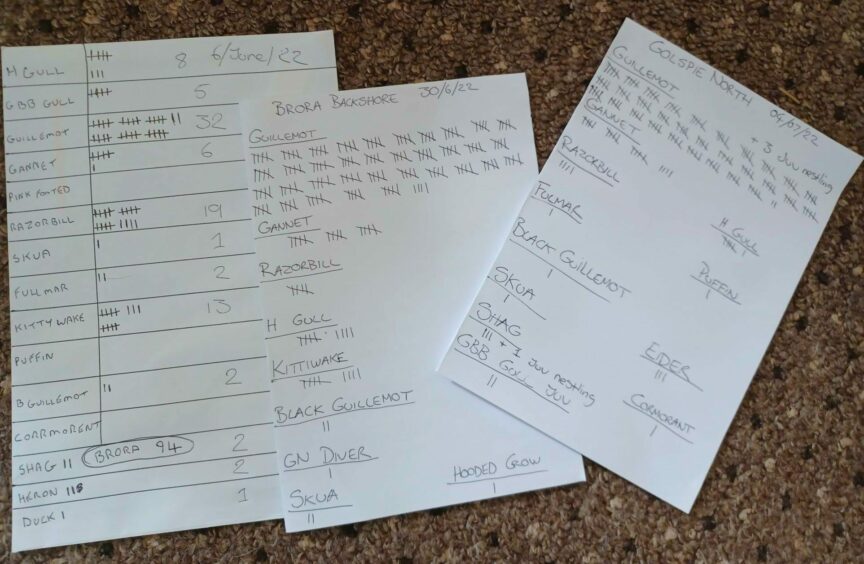
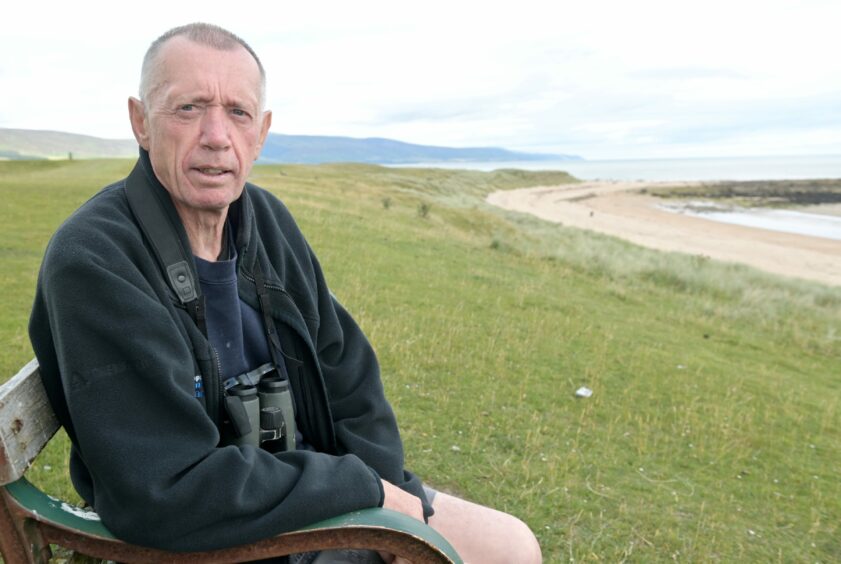
Conversation